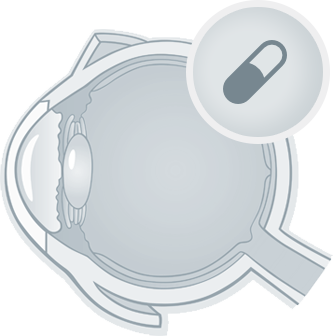Inicio / SPECIALISATIONS / GLAUCOMA / TRABECULECTOMY
Filtration procedures aim to decrease intraocular pressure creating an alternative route for the flow of aqueous humour, the fluid at the front of the eye (known as anterior chamber). The decrease in intraocular pressure aims to reduce the progression of the damage to the optic nerve.
After dissecting the conjunctiva (the outer cover of the eye), a small flap of the sclera, which is right under it, is sectioned. At his point, substances that help to decrease excessive scarring of the ocular tissues can be used, as this increases the risk of failure of the surgery.
The anterior chamber is accessed and that connection favours the controlled outflow of aqueous humour to the space under the conjunctiva. Lastly, the layers of the eye that have been manipulated, both the sclera and the conjunctiva, are closed with sutures. This creates a structure called filtering bleb that is covered by the upper eyelid. It is very important to maintain its integrity to ensure the success of the surgery.
Usually, trabeculectomy is performed under loco-regional anaesthesia and can be carried out in combination with cataract surgery in the same surgical procedure.
It is important to highlight that this type of intervention requires a thorough and comprehensive follow-up, generally including several follow-up visits in the first few weeks after the surgery. The structures of eye are examined as well as the shape and functioning of the filtering bleb, ensuring the connection is still permeable, with an adequate filtration (nor too high nor too low) that avoids wide swings in intraocular pressure measurements.
Occasionally, it is necessary to manipulate the area of the surgery and even carry out manoeuvres or use additional local drugs to avoid the scarring process, as it would decrease the success of the intervention.
